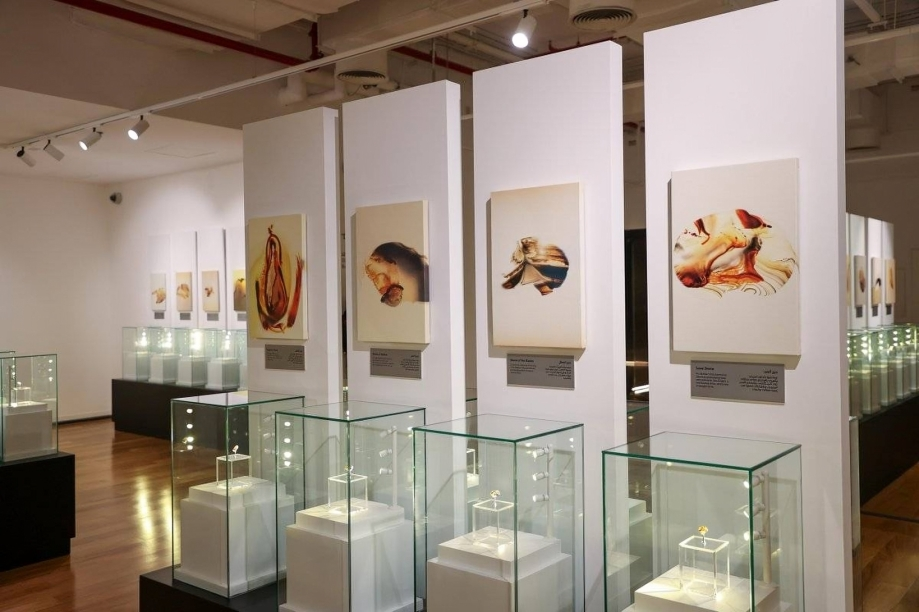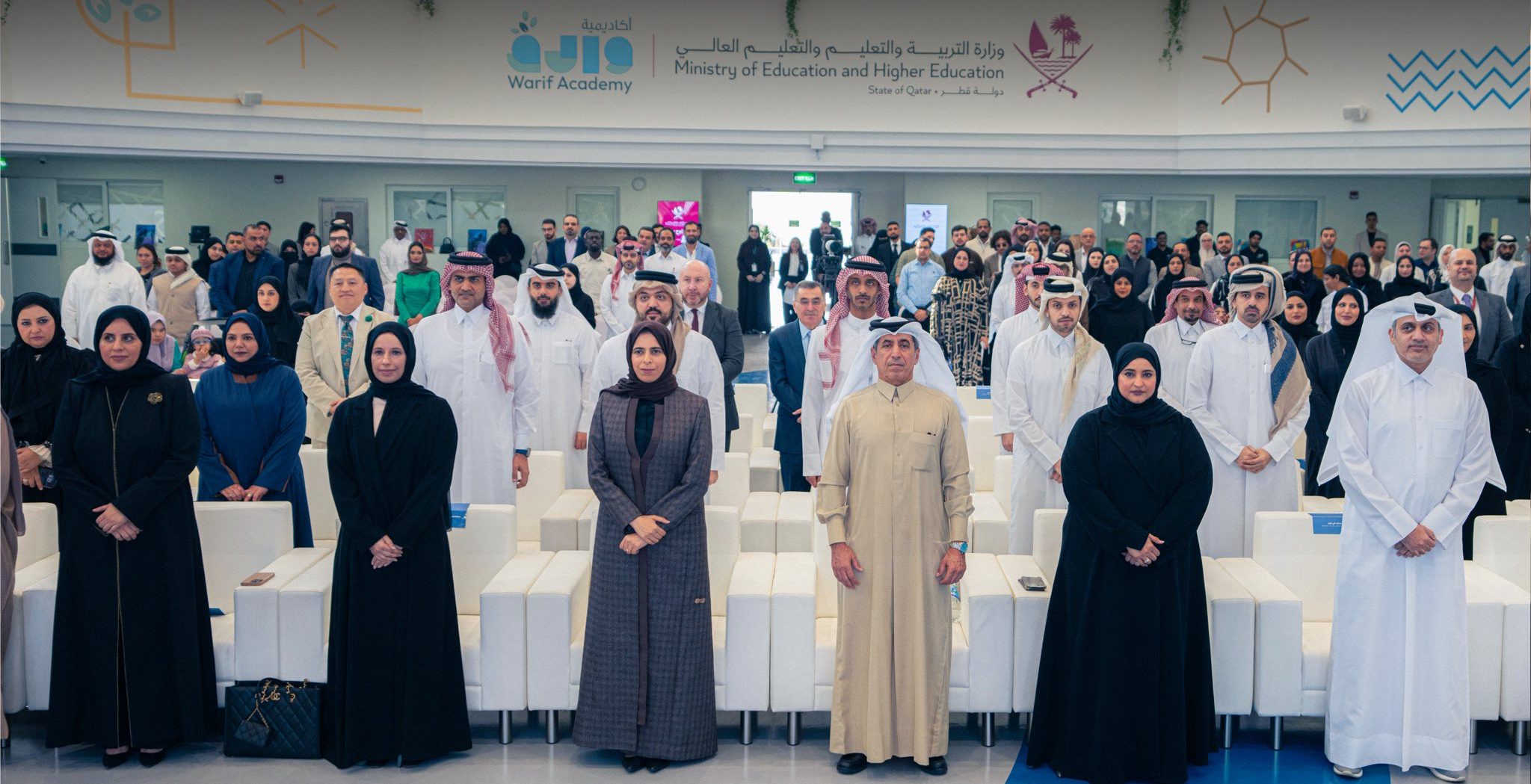Doha News spoke to members of the Syrian diaspora in Doha following the collapse of former president Bashar al-Assad’s brutal regime.
As Syria’s opposition forces toppled the fifty-four-year autocratic rule of the Assad family dynasty, waves of celebration echoed outside the Syrian borders. From styling their cars to their shoulders, Syrians in Qatar were seen adorning their flag as they rejoiced in the possibility of returning to a liberated nation.
On Sunday, former president Bashar al-Assad fled Damascus to regime ally Russia after opposition forces, Hayʼat Tahrir al-Sham, captured several key government controlled areas before entering the Syrian capital.
His exile brought the end of a decades-long regime, leaving Syria to rise from the ravages of a bloody civil war following Assad’s crackdown on dissidence in the aftermath of the 2011 peaceful protests in Syria during the Arab Spring.
Sima Qanawati left Syria in 2022, leaving her family behind to continue her higher education in Qatar.
As her family suffered shackles of financial constraints, Qanawati escaped to build a better future. Her mother’s family had their home destroyed and many of her family members were killed in the Hama massacre of 1982.
“The song of the revolution is playing in the streets of Damascus,” the cheerful Sima, 29, said. “It’s like a dream coming true,” she said in a low whisper, smiling at her phone screen, and watching the videos her mother sent.
“She used to be scared for her safety so she didn’t participate in many protests,” said Sima. “But today, my mother walked with them in victory.”
Decades of the regime’s brutal crackdown
As the opposition forces took Damascus over the weekend, they were not met with any resistance from the Syrian armed forces. First, they took Aleppo, made their way to Hama, and then finally Damascus, the heart of Syria was taken.
While many woke up to a new chapter for the nation, this was not a surprise. Organised crime, economic collapse, and humanitarian crises have been brewing in this 13-year civil war which pushed 90 percent of Syria’s population under the poverty line while displacing 23 million others across various parts of the world.
While the young generation witnessed the revolution unfolding, the older generation carried the bittersweet memories of the countless sacrifices made by their ancestors.
Ghaffar Kazkaz, who lost 15 members of his family in the Hama massacre, reflects on the brutality of the regime.
“The way the Assad family treated Syrians, it normalised Israel’s treatment towards the Palestinians,” said 79-year-old Kazkaz. “Because, look it’s the Arabs doing it to themselves. So why not them? They can do it too.”
The deliberate and tactful strategies to silence resistance against the regime were deployed by Assad’s security apparatus. It cultivated fear in the air and a sense of looking over one’s shoulder before saying anything.
“They always threatened other people by saying, ‘don’t forget the Hama Rules’ to remind the Syrians of what would happen if they dared to ask for their dignity or a change in the established political system,” said Kazkaz.
The Guilt of Leaving
Although the faces behind this Syrian revolution belong to the opposition groups, there are many outside the borders such as Kazkaz’s daughter, Rana, who contributed through their craft to realizing the dream of a free nation, a liberated Syria.
Professor of filmmaking at Northwestern University in Qatar and director of the award-winning film, Mare Nostrum and The Translator, Rana Kazkaz once wished to establish an independent film company with her husband, Anas Khalaf, in Syria.
“I wanted to be close to my family, learn Arabic, and tell Syrian stories,” said Kazkaz who moved to Syria in 2006. Due to a fear of security and her children’s safety, she left in 2011 without her husband who still hoped the revolution was just around the corner.
Feelings of heartbreak and guilt of leaving were brought to life as she began to write the screenplay for The Translator.
“The Translator became a way for my husband and I to have a conversation that didn’t revolve around the separation between us,” she added. “It became a way for me to honor the people that were risking their lives in the hopes that the regime would fall.”
Kazkaz and her husband’s apartment was destroyed in a car bomb attack in 2013 and their remaining belongings reached them from across Syria’s border into Jordan where they were then living.
Fragments of shrapnel from the explosion were buried in their furniture, almost symbolising the brutality of the regime. “At home, we sit in chairs that were made by a man who was killed by the regime for peacefully demonstrating,” said Kazkaz.
The world is seeing Syrians come home
Days after Assad fled Syria, the streets of Damascus were populated with what can only be seen as people returning to their homeland.
Around 2013, when a surge of Syrian refugees were looking for asylum, the argument taking center stage was “that they might not want to go back” said Kazkaz reflecting on the past.
“Syrians didn’t leave their country because they were looking to risk their lives and rebuild somewhere else, but because it wasn’t safe to live there anymore,” she added.
As Qanawati spoke with her mother on the phone, the sounds of Israeli airstrikes amplified through her speaker, yet her mother remained hopeful.
Soon after Syria was free of Assad, Israel intensified its military activity in the nation, seizing land near the occupied Golan Heights, which Israel officially annexed in 1981.
Israel launched over 100 airstrikes across Syria, targeting military sites with the stated aim of dismantling remaining military capabilities from Assad’s former regime.
“The neighboring houses are shaking, keeping them awake all night and while Syria’s future is uncertain, my mother wakes up early in the morning to join the festivities on the street,” Qanawati adds.
“What I wouldn’t give to just fly back home and just sweep the streets with them,” she said.
Rebuilding the future on their terms
Qatar has remained an avid supporter of the liberation of Syrians from the regime but also plays a pivotal role in providing a platform for Syrians to express their identity.
“Qatar really saved me as an artist because it allowed me to work on my own films as well as work with future storytellers to create their own,” said Kazkaz.
She smiled at the notion of using a pseudonym to protect her story. “In the past, this was normal, and though so much of the future is uncertain, this is one thing that may change now — people feeling safe to speak without fearing consequences,” said Kazkaz.
As scenes of celebration from the Syrian community were seen both inside and in the outer vicinity of the Syrian opposition embassy in Qatar, the future of Syria is now in the hands of those who relentlessly fought for this liberation.
Today, detainees in Syria are freed from decades-long torment in Assad’s detention centres, among them the “Human Slaughterhouse” that is Sednaya prison, and the streets of Damascus are populated with the old and the young united to begin rebuilding their homes.
The delicacy and love felt in picking up a broom to sweep the rubble off the street or receiving flowers from one another is a euphoric joy that echoes across the diaspora.
“Now we need solidarity,” remarked Ghaffar Kazkaz, his eyes glistening with hope for a Syria reborn.






